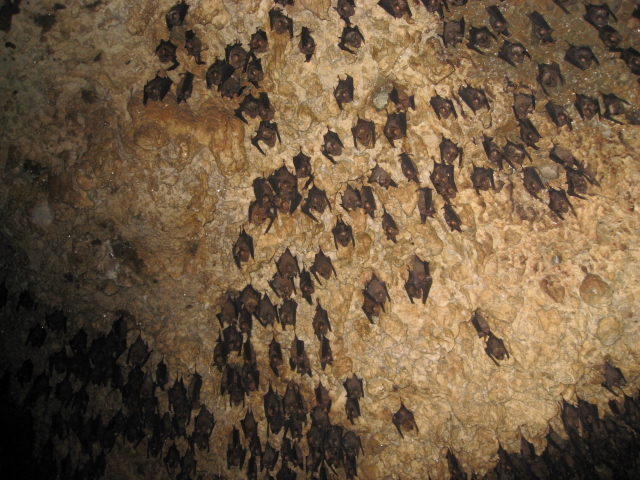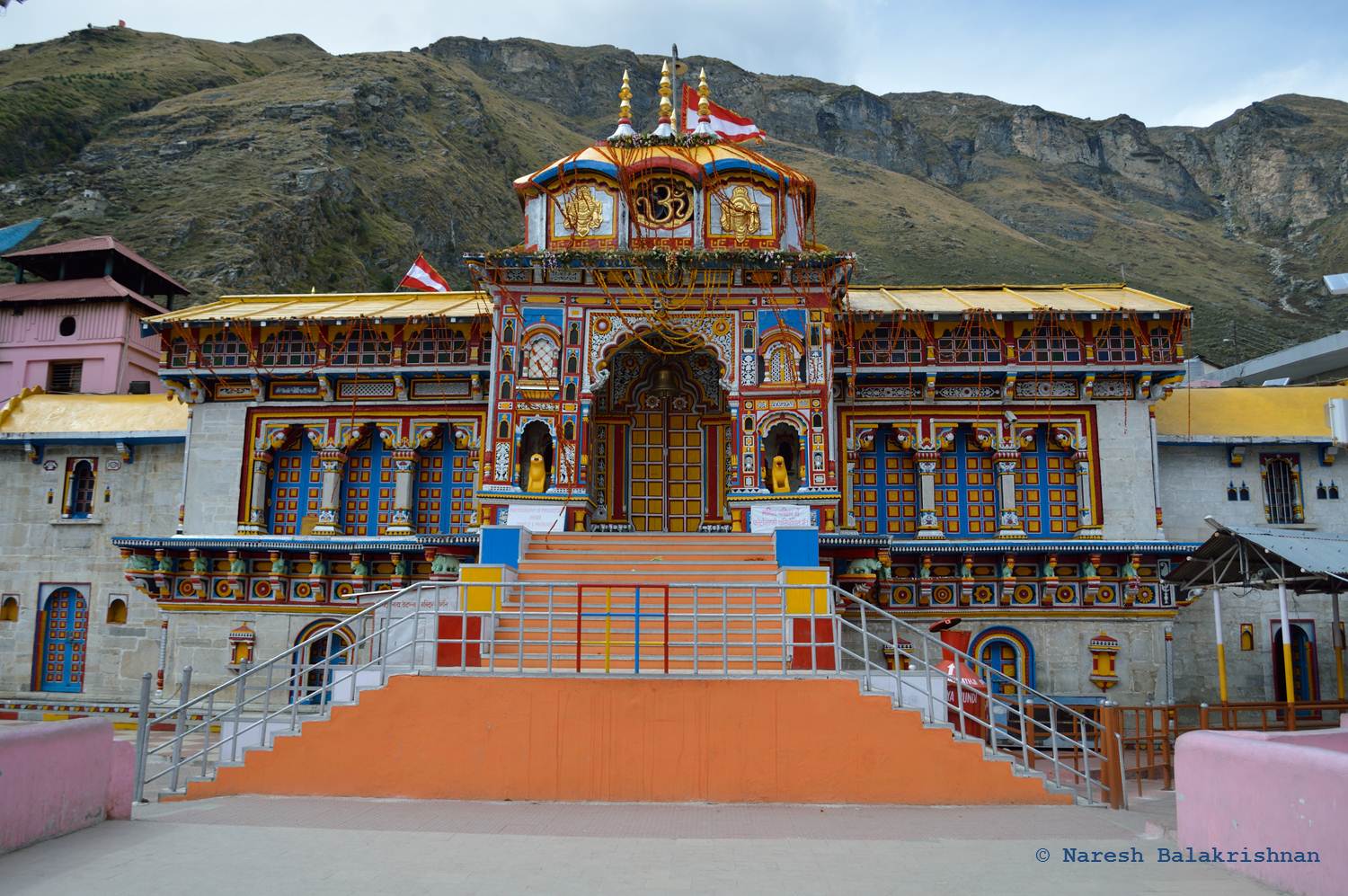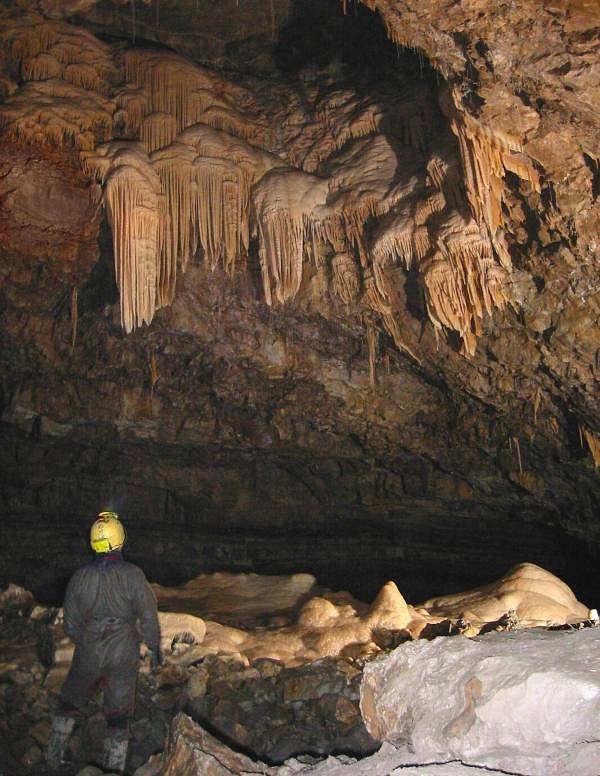|
List Of Caves In Nepal
This is a list of caves in Nepal. * Bagdwara Cave * Bat Cave (Chamere Cave) *Chobhar caves * Gupteshwor cave * Mahadev Parwati Cave *Mahendra Cave *Maratika Cave *Mustang Caves *Siddha cave Siddha Cave or Siddha Gufa is a cave located in Bimalnagar, Tanahun District, Nepal. It has an inner area of around 0.5 kilometers and can accommodate around 2,500 people. See also *List of caves in Nepal References References * {{DEFAULTSORT:Caves in Nepal Nepal List ...[...More Info...] [...Related Items...] OR: [Wikipedia] [Google] [Baidu] |
List Of Caves
This is a list of caves of the world that have articles or that are properly cited. They are sorted by continent and then country. Caves which are in overseas territories on a different continent than the home country are sorted by the territory's continent and name. Africa File:Cango Caves, Western Cape (6253225986).jpg, The Cango caves in western cape. File:African cave paintings.jpg, African cave paintings. File:Lithic Industries at Blombos Cave, Southern Cape, South Africa (c. 105 – 90 Ka).jpg, Lithic Industries at Blombos Cave, Southern Cape, South Africa. File:Wonder Caves Praying Mary.JPG, Wonder Caves Praying Mary. Algeria * Aïn Taïba * Anou Achra Lemoun * Anou Boussouil * Anou Ifflis * Anou Timedouine * Gueldaman caves * Ghar Boumâaza * Grotte de Cervantes * Kef Al Kaous * Rivière De La Tafna Botswana * Gcwihaba * Rhino Cave Cameroon * Gouffre de Mbilibekon * Grottes de Linté * Grotte de Loung * Grotte de Mfouda * Grotte Fovu [...More Info...] [...Related Items...] OR: [Wikipedia] [Google] [Baidu] |
Mahendra Cave
Mahendra Cave is a cave located in Pokhara-16,batulechaur, Kaski district, close to the Kali khola, is a large limestone cave. It is a rare example of a cave system in Nepal containing stalagmites and stalactites. This show cave attracts thousands of tourists every year. A statue of Hindu lord Shiva can be found inside the cave. History This cave was discovered in the 1950’s by shepherds of Pokhara. The old name of the cave was ‘Adhero Bhawan’ which literally means ''Dark Habitat''. The cave got its name from Late King Mahendra Bir Bikram Shah Dev, the then ruler of the country, who immediately visited the place after he read about it in the Newari language newspaper. The cave was named Mahendra after it was officially inaugurated by the then King Mahendra. The cave got rapid attraction after the royal visit and since then it has remained one of the most visited places in Pokhara. It was first properly surveyed in 1976 by a small team of speleologists from the UK includi ... [...More Info...] [...Related Items...] OR: [Wikipedia] [Google] [Baidu] |
Lists Of Caves By Country
A ''list'' is any set of items in a row. List or lists may also refer to: People * List (surname) Organizations * List College, an undergraduate division of the Jewish Theological Seminary of America * SC Germania List, German rugby union club Other uses * Angle of list, the leaning to either port or starboard of a ship * List (information), an ordered collection of pieces of information ** List (abstract data type), a method to organize data in computer science * List on Sylt, previously called List, the northernmost village in Germany, on the island of Sylt * ''List'', an alternative term for ''roll'' in flight dynamics * To ''list'' a building, etc., in the UK it means to designate it a listed building that may not be altered without permission * Lists (jousting), the barriers used to designate the tournament area where medieval knights jousted * ''The Book of Lists'', an American series of books with unusual lists See also * The List (other) * Listing (d ... [...More Info...] [...Related Items...] OR: [Wikipedia] [Google] [Baidu] |
Caves Of Nepal
A cave or cavern is a natural void in the ground, specifically a space large enough for a human to enter. Caves often form by the weathering of rock and often extend deep underground. The word ''cave'' can refer to smaller openings such as sea caves, rock shelters, and grottos, that extend a relatively short distance into the rock and they are called ''exogene'' caves. Caves which extend further underground than the opening is wide are called ''endogene'' caves. Speleology is the science of exploration and study of all aspects of caves and the cave environment. Visiting or exploring caves for recreation may be called ''caving'', ''potholing'', or ''spelunking''. Formation types The formation and development of caves is known as ''speleogenesis''; it can occur over the course of millions of years. Caves can range widely in size, and are formed by various geological processes. These may involve a combination of chemical processes, erosion by water, tectonic forces, microorganism ... [...More Info...] [...Related Items...] OR: [Wikipedia] [Google] [Baidu] |
Badrinath Cave
Badrinath is a town and nagar panchayat in Chamoli district in the state of Uttarakhand, India. A Hindu holy place, it is one of the four sites in India's Char Dham pilgrimage and is also part of India's Chota Char Dham pilgrimage circuit. It gets its name from the Badrinath Temple. Etymology ''Badri'' refers to "Badrayana", another name for Rishi Ved Vyas who is believed to have resided in this region. It is also known as "Badarikashrama". History Badrinath was re-established as a major pilgrimage site by Adi Shankara in the 8th century. In earlier days, pilgrims used to walk hundreds of miles to visit the Badrinath temple. The temple has been repeatedly destroyed by earthquakes and avalanches. As late as the First World War, the town consisted only of the 20-odd huts used by the temple's staff, but the site drew thousands each year and up to 50,000 on its duodecennial festivals (every twelve years). In recent years its popularity has increased still more, with an estima ... [...More Info...] [...Related Items...] OR: [Wikipedia] [Google] [Baidu] |
Siddha Cave
Siddha Cave or Siddha Gufa is a cave located in Bimalnagar, Tanahun District, Nepal. It has an inner area of around 0.5 kilometers and can accommodate around 2,500 people. See also *List of caves in Nepal References  Caves of Nepal
{{Tanahun-geo-stub ...
Caves of Nepal
{{Tanahun-geo-stub ...
[...More Info...] [...Related Items...] OR: [Wikipedia] [Google] [Baidu] |
Mustang Caves
Mustang Caves or Sky Caves of Nepal are a collection of some 10,000 man-made caves dug into the sides of valleys in the Mustang District of Nepal. Several groups of archaeologists and researchers have explored these stacked caves and found partially mummified human bodies and skeletons that are at least 2,000–3,000 years old. Explorations of these caves by conservators and archaeologists have also led to the discovery of valuable Buddhist paintings, sculptures, manuscripts and numerous artifacts belonging to the 12th to 14th century. The caves lie on the steep valley walls near the Kali Gandaki River in Upper Mustang. Research groups have continued to investigate these caves, but no one has yet understood who built the caves and why they were built. The site is currently listed as a UNESCO tentative site since 1996. History Mustang was formerly the Kingdom of Lo in northern Nepal, with its capital at Lo Manthang. At the end of the 18th century, the kingdom was annexed by Nepa ... [...More Info...] [...Related Items...] OR: [Wikipedia] [Google] [Baidu] |
Maratika Cave
The Halesi-Maratika Caves (also the Haleshi Mahadev temple) are located next to the village of Mahadevasthan, in the Khotang District of eastern Nepal, 3,100 ft. – 4,734 ft. above sea level. The cave and temple are about 185 km south west of Mount Everest. The temple is a venerated pilgrimage site for Hindus, Buddhists and Kirat. The caves are called the Halesi Mahadev Temple by Hindus who associate them with Mahadeva, a form of Shiva; while they are known as the sacred place to Buddhists, who consider them to be the caves associated with the legend of Padmasambhava. The Kirati Rai of the region worship Halesi as an ancestral deity of the community. The Kirat mundhum, a rich oral tradition of the Kirats, manifests that their ancestor Raechhakule (Khokchilipa) also known as Hetchhakuppa used to stay inside the Halesi cave in the remote past. For that reason, the Kirat/Rais consider Halesi as their ancestral place. Geology and environment This cave is 67 feet ... [...More Info...] [...Related Items...] OR: [Wikipedia] [Google] [Baidu] |
Mahadev Parwati Cave
{{dab, geo ...
Mahadev may refer to: *Shiva, a primary Hindu deity **Parashiva, a form of Shiva **Parameshwara (god), a form of Shiva *Mahadev, Nepal *Mahadev Peak, a mountain peak in Kashmir Valley *Kailashnath Mahadev Statue in Nepal *Para Brahman, a Hindu deity People *Mahadev Desai (1892–1942), Indian independence activist *Mahadev Govind Ranade (1842–1901), Indian scholar and social reformer See also * '' Devon Ke Dev...Mahadev'', an Indian TV series which ran 2011-2014 * Mahadeva (other) Mahadeva may refer to: Religion *Mahadeva, a title of the Hindu god Shiva **Parashiva, a form of Shiva **Parameshwara (god), a form of Shiva * Para Brahman, a Hindu deity * Adi-Buddha, in Buddhism, the "First Buddha" or the "Primordial Buddha" * ... [...More Info...] [...Related Items...] OR: [Wikipedia] [Google] [Baidu] |
Cave
A cave or cavern is a natural void in the ground, specifically a space large enough for a human to enter. Caves often form by the weathering of rock and often extend deep underground. The word ''cave'' can refer to smaller openings such as sea caves, rock shelters, and grottos, that extend a relatively short distance into the rock and they are called ''exogene'' caves. Caves which extend further underground than the opening is wide are called ''endogene'' caves. Speleology is the science of exploration and study of all aspects of caves and the cave environment. Visiting or exploring caves for recreation may be called ''caving'', ''potholing'', or ''spelunking''. Formation types The formation and development of caves is known as '' speleogenesis''; it can occur over the course of millions of years. Caves can range widely in size, and are formed by various geological processes. These may involve a combination of chemical processes, erosion by water, tectonic forces, microorgan ... [...More Info...] [...Related Items...] OR: [Wikipedia] [Google] [Baidu] |
Gupteshwor Cave
Gupteshwar is a village development committee in Bhojpur District in the Kosi Zone of eastern Nepal. At the time of the 1991 Nepal census The 1991 Nepal census was a widespread national census conducted by the Nepal Central Bureau of Statistics. Working with Nepal's Village Development Committees at a district level, they recorded data from all the main towns and villages of each ... it had a population of 2232 persons living in 418 individual households. References External linksUN map of the municipalities of Bhojpur District Populated places in Bhojpur District, Nepal Bhojpur Municipality {{Bhojpur-geo-stub ... [...More Info...] [...Related Items...] OR: [Wikipedia] [Google] [Baidu] |
Chobhar Caves
Chobhar caves are an extensive network of natural phreatic caves near the village of Chobhar, which is located 9 km southwest of Kathmandu, Nepal. Chobhar is also known for the Chobhar gorge through which all the water of the valley drains. A small temple of Adinath Sampradaya sits on top of a nearby hill. The temple offers a view of snow-capped mountains. According to Swayambhu Purana and legend, Kathmandu Valley was once a lake. It is believed that the bodhisattva Manjushree cut a gorge at a place called Chobhar Gorge, near Chobhar Ancient Hill Village (sp. also Chovar, chobar) and drained away the waters to establish a habitable land. These caves have been explored by research teams from the UK in 1976, Czechoslovakia in 1980 and Germany in 1985. Explorations of the caves in April 2007 indicate that there are at least six known entrances all documented by GPS readings made by a French team of speleologists, led by Maurice Duchesne from France. A map of those caves is now ... [...More Info...] [...Related Items...] OR: [Wikipedia] [Google] [Baidu] |







.jpg)


